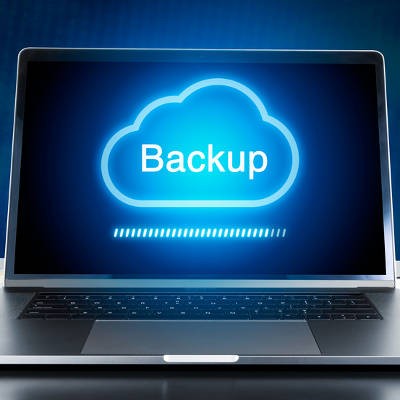Directive Blogs
Data Recovery Considerations: the Other Side of Your Backup Plan
If we asked you how your organization backs up its data, would you be able to smile and tell us all about it in detail? While it’s important to be optimistic about the future of your organization, you should never believe that you are impervious to data loss. We’ll discuss some of the most important terminology behind data backup and recovery, as well as the best way to protect your organization from the crippling situations presented by data loss.
Recovery Point Objective
How much data can you reliably restore in the event of a data loss incident? This number can be measured by RPO, or Recovery Point Objective. Basically, the recovery point objective is determined by how much of your data can be recovered following a loss incident. Situations that could cause data loss include natural disaster like a flood or fire, or it could be at the hands of a hacking attack or user error. Either way, you lose data and it is a negative situation for any organization.
Depending on the type of data backup you have, you could go from either losing a negligible amount to up to a whole day’s worth, or more. Tape backup, which has long been a staple in the business world, is only capable of so much. Since tape backup is considerably more resource-intensive than network-attached or cloud-based backup, you can only take one large backup at the end of the day, meaning that you could lose so much more data through tape than you would through a backup and disaster recovery solution like the one we offer.
Recovery Time Objective
Once you’ve established how much data that you can recover in the event of a disaster loss scenario, it comes time to establish how long it will take for you to achieve recovery. The reason for this is that the time your organization is recovering data is time that your business isn’t functioning as intended. In other words, downtime, where you’re creating negative revenue. Therefore, the goal should be to minimize downtime and achieve a low recovery time objective whenever possible.
Tape backup offers a longer recovery time compared to a network-attached or cloud-based backup solution specifically because the backups are larger and take more time to process (not to mention that they aren’t automatic like the backup process you’ll find with the BDR). Since backups can be taken as frequently as every fifteen minutes, they can be restored more quickly as compared to the antiquated processes you’ll find by using tape backup. It’s just one of the ways that our BDR can reduce downtime and make recovering from a data loss incident more manageable.
Does your business want to guarantee that it can survive from a data loss incident? Directive can equip your organization with a BDR solution that can maximize its chances of successfully restoring operations following a data loss incident. To learn more, reach out to us at 607-433-2200.


